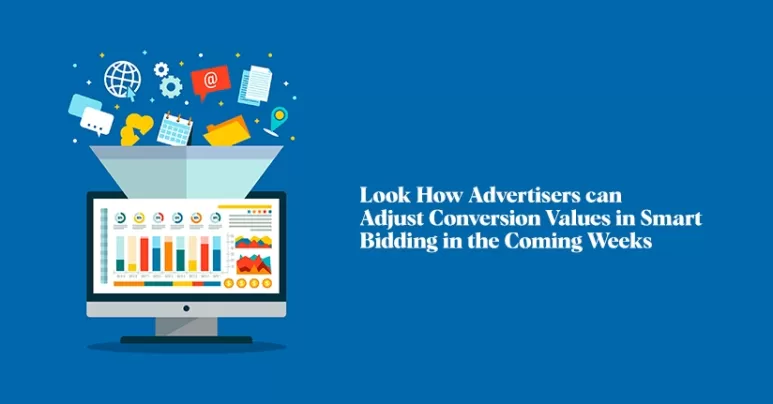If you don’t have a social listening strategy in place, you’re missing out on some of the most valuable data available to help build your business.
Social listening is tracking social media platforms for mentions and conversations related to your brand, then analyzing them for insights to discover opportunities to act.
It’s a two-step process
Step 1: Monitor social media channels for mentions of your brand, competitors, products, and keywords related to your business.
Step 2: Analyze the information for ways to put what you learn into action. That can be something as small as responding to a happy customer or something as big as shifting your entire brand positioning.
Social media listening tools allow you to build a solid understanding of exactly how customers and potential customers think about you by analyzing what they say on social channels. You can also learn what they think about the competition. This is incredible market research readily available in real-time—as long as you know how to access it.
Social listening is more than understanding what people say about you. You also want to know what they say about your competitors and your industry in general. This gives you important insights into where you fit in the marketplace.
Social listening shows you what your competitors are up to in real-time. Are they launching new products? Developing new marketing campaigns?
Monitoring conversations around the industry also uncovers a ton of insight about what’s working—and what’s not working—for existing and potential customers. This information is a gold mine for your customer service, product development, and marketing teams.
Social listening allows you to track sentiment in real-time, so you can know right away if there’s a significant change in how much people are talking about you or the mood behind what they say.
It’s like an early warning system that alerts you to positive and negative changes in how your brand is perceived online.
If you’re getting more engagement than usual, look for the reasons behind it. Your audience shares loads of helpful information about what they like and what they don’t. Those lessons can help guide your strategy across channels.





